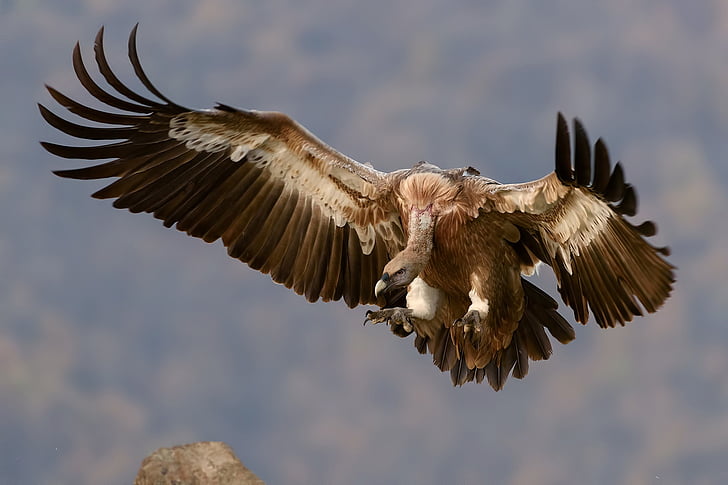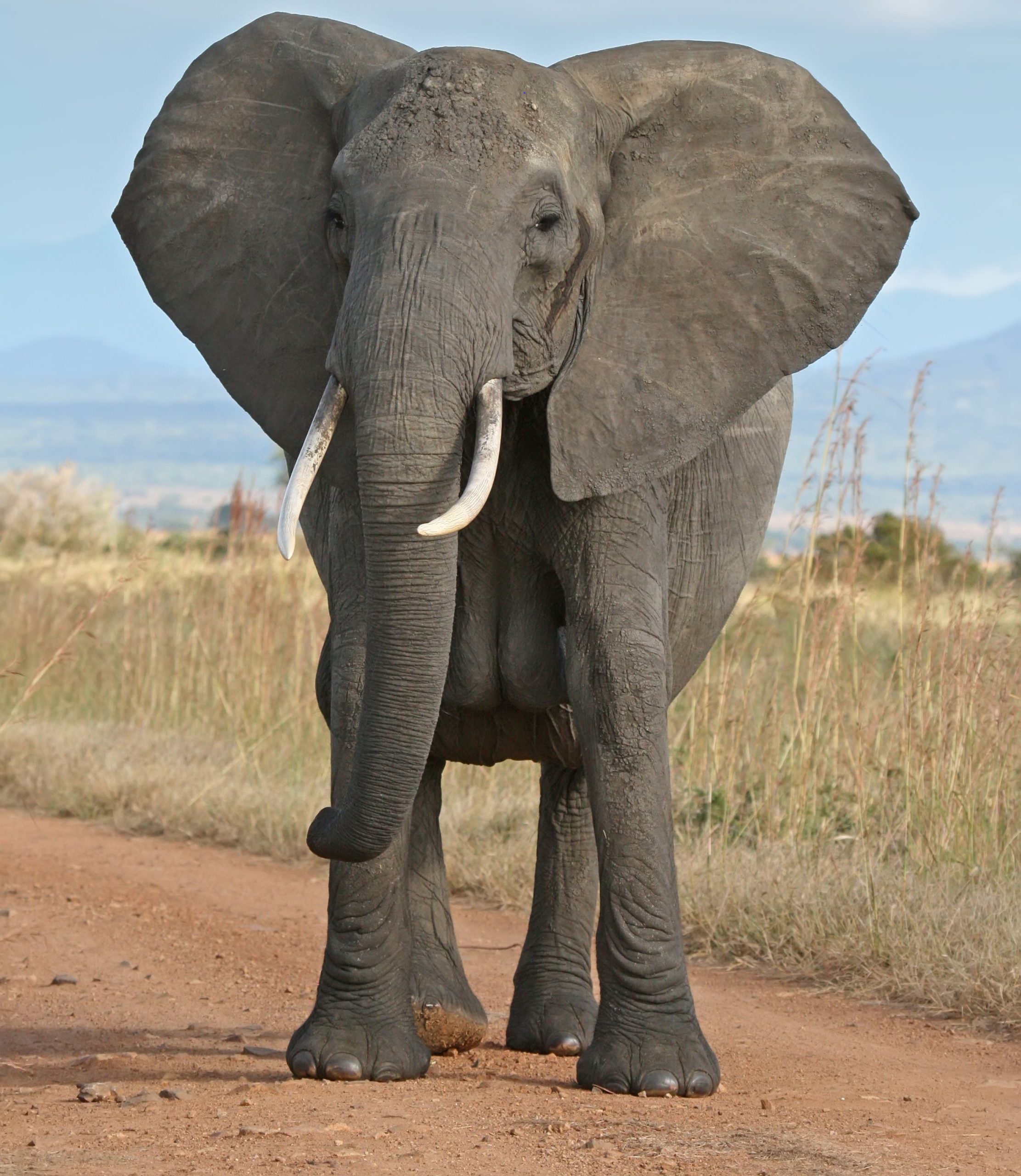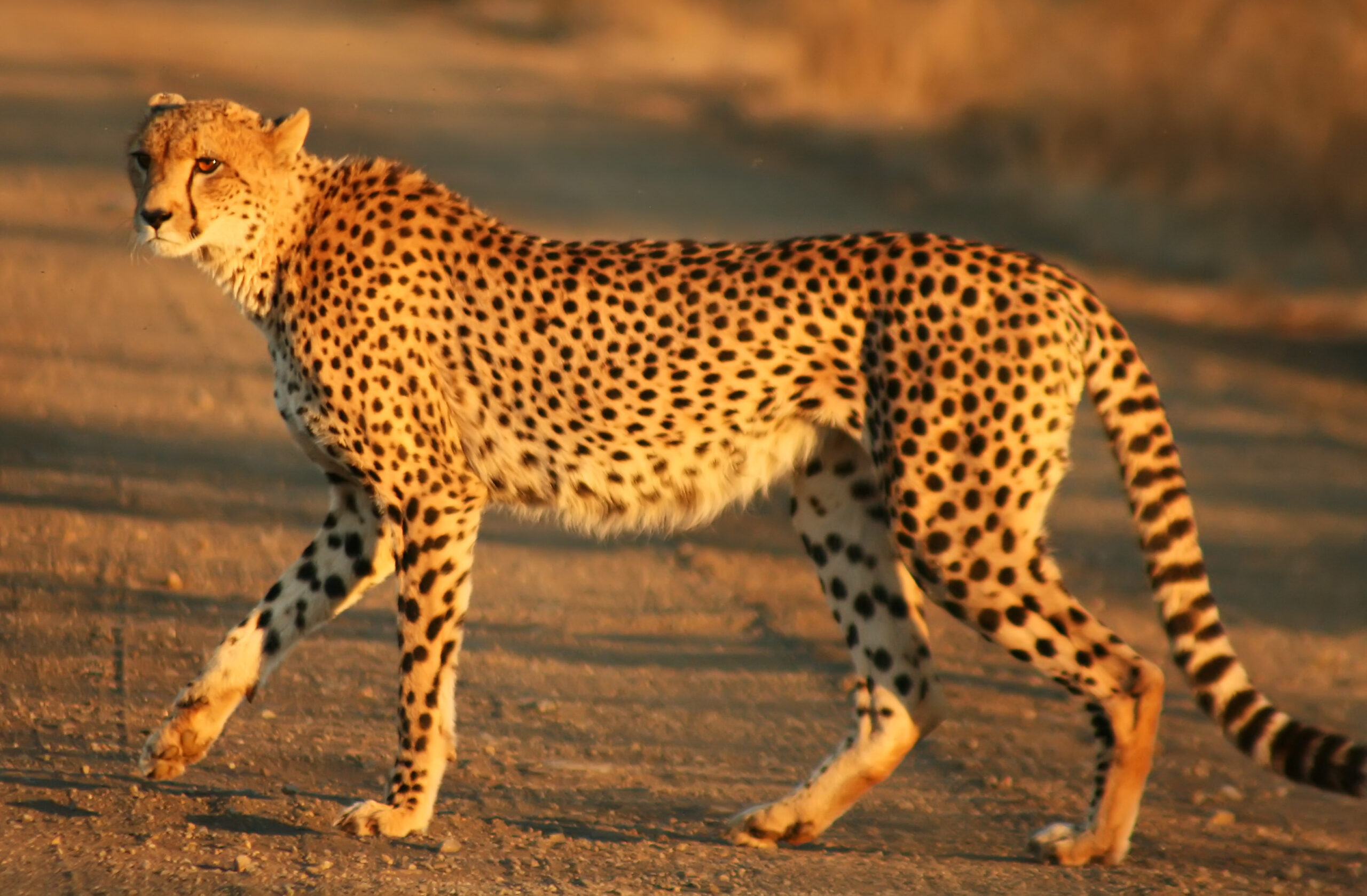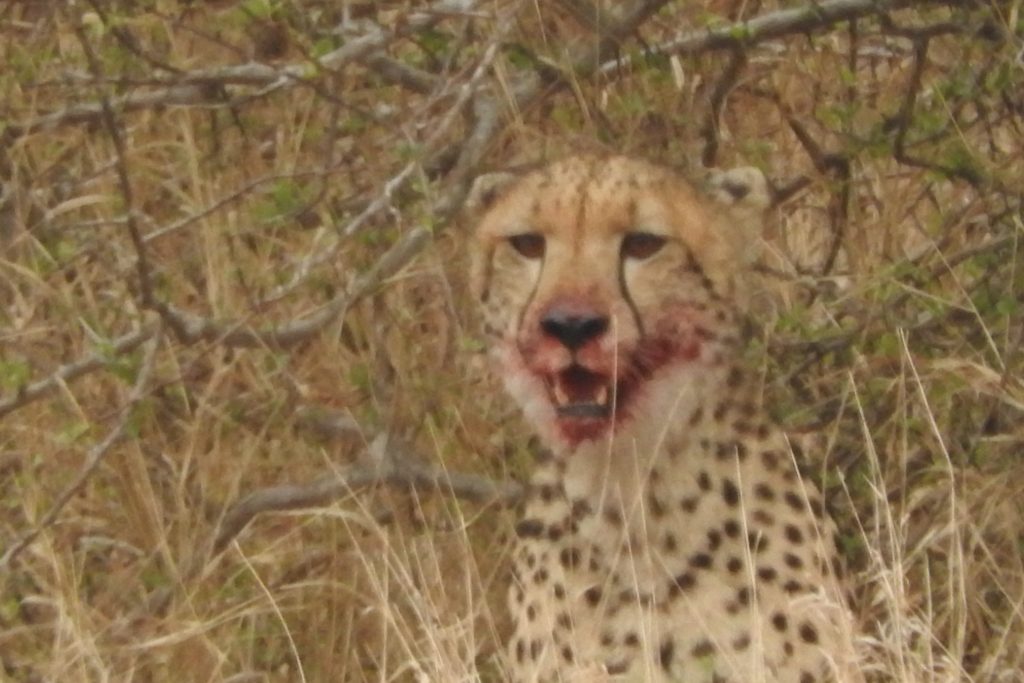African Savannah animals
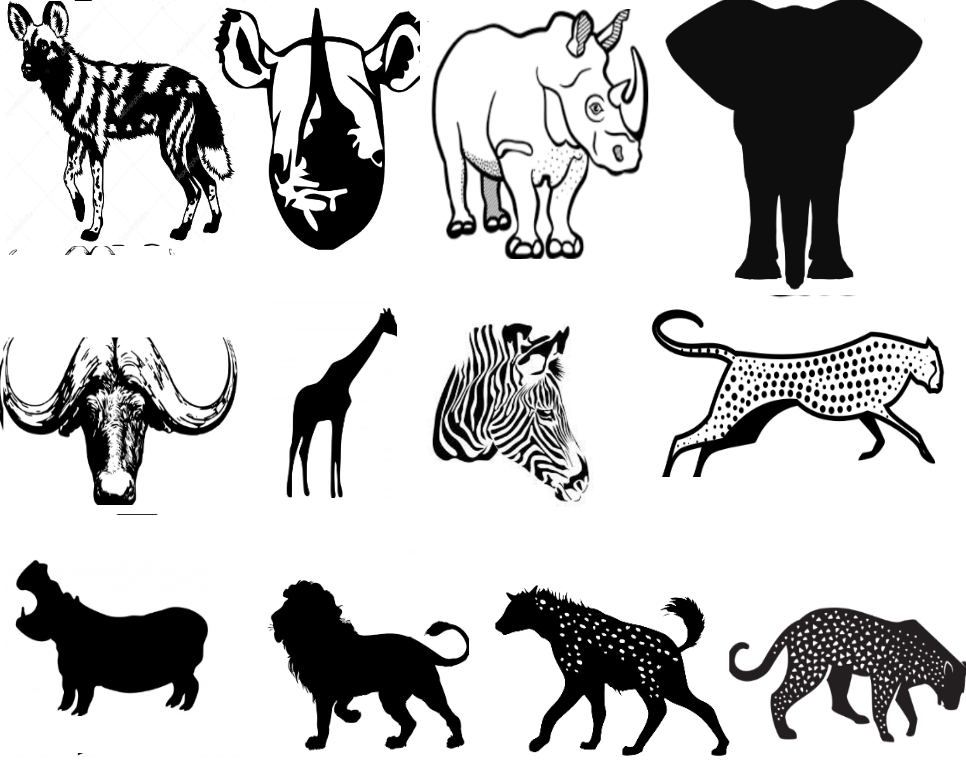
The aim here is not to give you the number of every species that exists in each reserve. Rather, the aim is to give you a rough idea of the health and size of each reserve. In places where there are private reserves on the edge of a larger reserve, complete ecosystem numbers will be given. Please note that they will not be precise, as even straight after a thorough count numbers are only estimates – furthermore, some reserves do not publicize their numbers.
The grid of animals that I have included above are as follows (below):
African wild dog Black rhino White rhino(Really wide rhino) Elephant Buffalo Giraffe Zebra Cheetah Hippopotamus Lion Hyena Leopard
This is going to be the standard animals for Savannah ecosystems within Africa, however each different Biome will have different species so there will be a variety of these pages. I will give you brief information on each. In the long-run we hope to have animal pages for each and these will be linked from the Bold animal names. Those not bold not not yet have a link page. At the bottom of each animals page is a list of places which you can book to see the animal in question; each currently have at least a few choices, but I hope to be able to direct to many more as time moves forwards.
African wild dog (or sometimes known as Cape hunting dog or painted dog). This animal is an incredible sighting if you get lucky. Now, they live at low densities, so are generally found in the largest reserves. If a reserve still has African wild dog, it is clear that the reserve is in pretty good health (usually). Furthermore, as they are very susceptible to various diseases that domestic dogs can carry (such as canine distemper) – this wiped out the population in the Serengeti in 1995. Thankfully, wild dogs have returned to the Serengeti, though currently only 100 or so are in the ecosystem – meaning it is unlikely that you will see them here. Any sighting is a wonderful thing. Member of ecotourism big 7
Black and White Rhino Two different species, Black rhino had a far larger range, unfortunately they are highly endangered across most of their range. White rhino, once found in central Africa (there are now only 2 of these animals left, held at Ol Pejeta conservancy in Kenya) are now only found in Southern Africa – South Africa, Namibia and Zimbabwe. The Kruger, once hosted as much as 10,000 or more white rhino, but now only have about 3000. Note: white rhino appears to be a mistranslation from the Africaans Weit, meaning wide, these rhino are not white. Pictures are Black then white rhino. Member of big 5 and ecotourism big 7
Elephant One of the species that so many people visit Africa for, the Savannah African elephant is doing okay, though the populations is far below historical levels. Places like the Selous (now much of this reserve is Nyerere National park) lost perhaps 80% of there historical elephant population. Encouragingly, if the poaching stops the population often rapidly recovers. The African forest elephant has seen horrific poaching over the last few decades, and without a rapid change this species might be heading for extinction (the African forest elephant is closer related to the Mammoth than the African Savannah elephant. Member of the big 5 and ecotourism big7.
Buffalo: A member of the big 5, the buffalo is essentially a wild cattle species. They are a member of the big 5 and ecotourism big 7. The big 5 is so named because these were the most dangerous animals to hunt on foot. Buffalo are often the species which you are likely to have encounters with if you go walking on foot.
Lion Often referred to as the King of the Jungle (despite not being found in jungles), is generally considered the apex predator. Certainly a wonderful thing to see, never-the-less they do not get their own way all the time. The population of Lions in Africa has seen precipice falls in the last century, and this has not stopped. Tourism is one tool we have to give them financial value to those who share their space with them. Member of the big 5 and ecotourism big 7
Giraffe: While this is a species that is found in the majority of Southern and Eastern African reserves, they are officially classed as endangered, as their population is currently falling so fast. The selous in Tanzania is nicknamed the Griraffe park as there are so many of them.
Zebra are also found in most reserves in Africa, though the number of them is still of interest.
Cheetah Like African Wild dog are a key indicator of the health of the ecosystem. Living at low densities in most reserves (except in places like the Serengeti plains). These are rare sightings, and most reserves do not have many cheetah. Indeed of all the big species, the cheetah is one of the few predators who do better outside reserves.
Hippopotamus: This is another species that does reasonably well outside protected reserves, but their population has fallen fast over the last few years.
Lion Lions are a very clear indication of the health of each ecosystem. If there is a significant population of Lion, then it is a large reserve and therefore there is plenty of space for other species. Check our links at the bottom of the lion page for some of the best place to see them.
Hyena There are thought to be more than 100,000 spotted hyena in Africa, making them the most numerous predator on the continent. They are exciting animals to see, and their call is often one of the species that you hear from your campsite – the weird rising whoop which is the contact call they use between them. Watch the video below to see what I mean. The advantage of the population size is that you are likely to find them in most wilderness areas. Brown hyenas are also widely found, never the less, as they do not do well in close proximity to spotted hyenas which means they are more often found on the edge of reserves and outside them.
Leopard The last member of the big 5 and Ecotourism big 7, the Leopard is a fascinating species. A solitary animal (except mothers with their young) they are the only big cat, or indeed member of the big 5 that is reguarly found outside protected reserves, though this is decreasing over time. A fantastic sighting, they can be very hard to find, and sightings in big reserves are usually very crowded. Generally found near river courses, as these are the places where large trees are found, allowing the Leopard to rest out of danger.

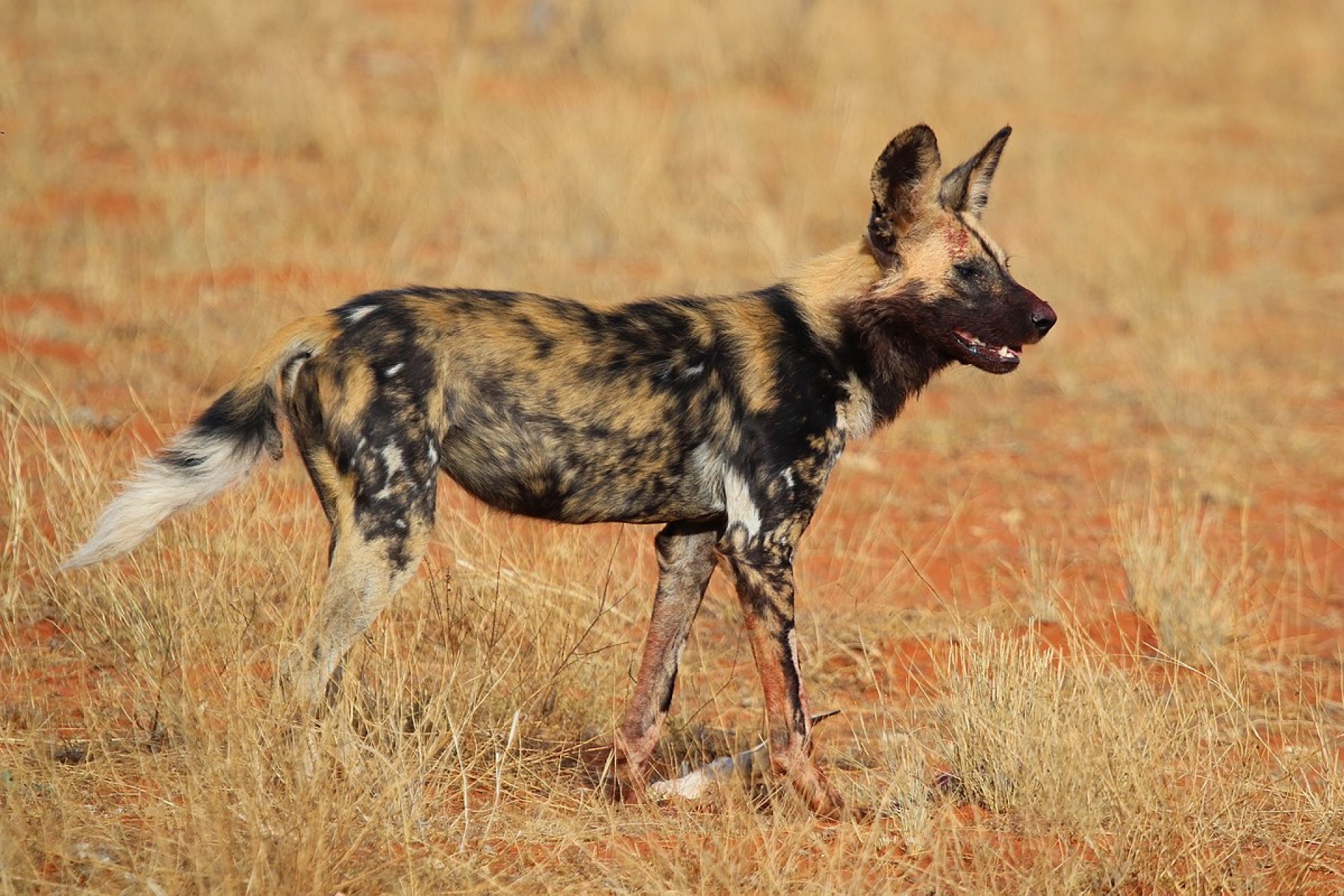
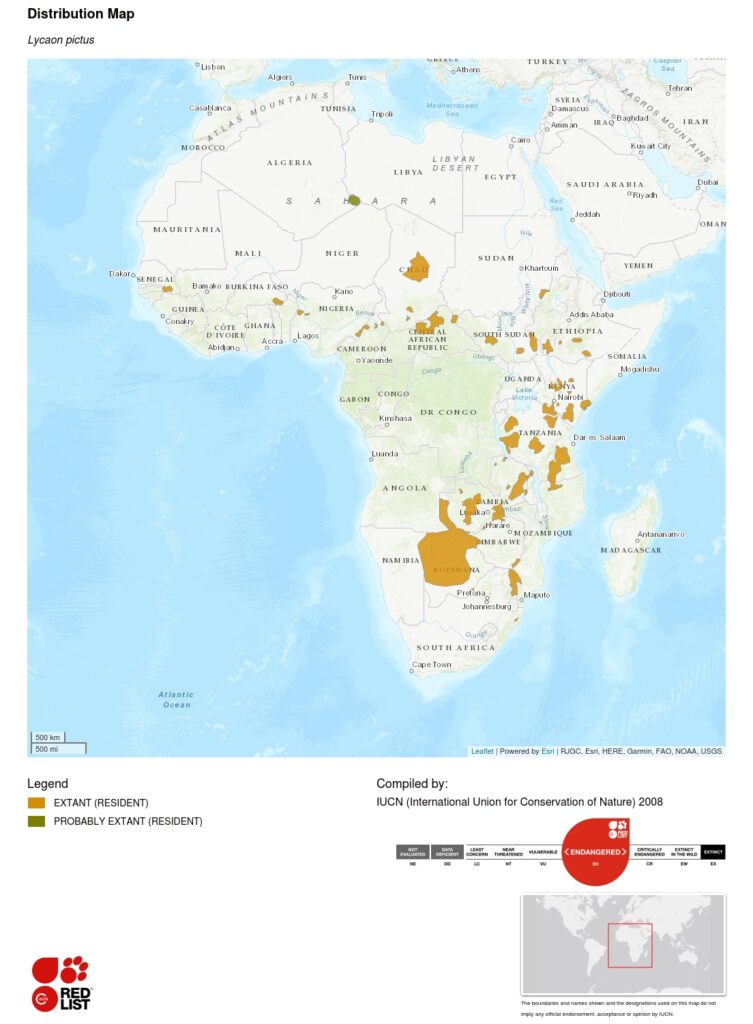
 Image source
Image source 